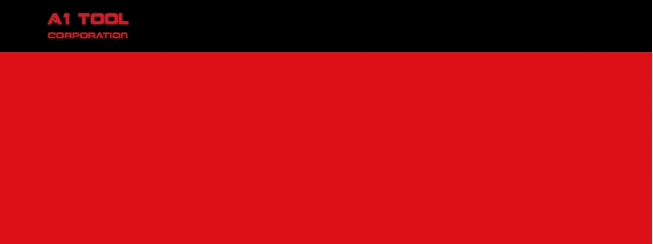From Form to Function — Why Prototyping is Important for Mold Design
Often new, complicated part geometry, functionality testing, or first run parts need to be vetted out in a prototype mold, prior to producing a costly mold and thousands of parts. These are prototypes of the actual product produced in a low cost prototype mold and they play a critical step in final mass volume mold design.
Prototyping is important for a variety of reasons, including providing an opportunity to evaluate and test the part design, understanding production issues and costs on the front end, and making any patentable details clearer — without the financial risk of a full production mold and run.
3D printed plastic prototypes typically assist by creating a physical part from a CAD model, however they don’t resemble actual injection molded parts and often lack functionality.
Further, producing a prototype mold ensures that the design of parts produced through injection molding is technically sound, highly functional, and aesthetically pleasing. Also, when done right, prototyping can increase the quality of the final products, ensure consistent quality, provide insight on the rate of production, and help estimate the time to market.
Companies that want to produce and deliver quality products to the marketplace should consider the benefits of prototyping in their injection molding process.
What Does Prototyping Do?
When you build a mold prototype, you are able to create a pre-production functional sample that delivers several advantages in the manufacturing process, including:
- Test unique/new mold features on complicated geometries
- Test how a final product will look and act
- Understand the shape, size, aesthetic details and functionality of the part, often with interconnecting functionality
- Determine the quality of a product before it goes into mass production
Without a prototype mold, the leap from the design phase to the manufacturing process can be risky. With a prototype model, however, the trajectory becomes safer.
Injecting Cost Savings into the Process
Adding the prototype stage to a production process may, at first glance, seem like a costly additional step. However, prototyping can lower business risks and, therefore, costs because it provides an opportunity to:
- Test the part for potential weak spots
- Discover inefficiencies that result in lower quality
- Make sure that the engineering is sound
- Ensure the product works as desired
- Avoid making thousands of products with errors
If you manufacture hundreds or thousands of products before finding errors, you might have to scrap the entire production batch or even conduct a product recall. Rebuilding or adjusting tools is labor- and cost-intensive. If you go into production and then find that your design isn’t moldable, you’ll end up losing time and money due to adjustments in tooling and lost manufacturing time.
By identifying critical weaknesses upfront through prototyping, you can significantly reduce the risk of retooling and reworking the entire production process.
When Should You Consider Prototyping?
There are many scenarios where creating a prototype of your mold prior to a full production mold is a smart business decision. Here are a few examples:
- You’re building a new product line with a lot of small parts. Before you go into full production, you need to see if the CAD models will work functionally in a real application.
- You need to do consumer research before mass production. You can do the research with an injection-molded prototype. This gives you the opportunity to make changes based on consumer input before mass production at minimal expense.
- Your product requires a significant amount of testing before it can be released to consumers. If this is the case, you want to test a prototype that is as close to the final product as possible.
- You plan to build a new series of multiple high-capacity molds.
- To test multi-shot, part consolidation, or automated robotics.
- You want to show your salespeople and distributors a finished part, so they know exactly what they’re selling or purchasing.
Ultimately, prototyping is an essential step in injection molding for quality control. It will provide valuable insight into your products’ durability, functionality and precision before full production. By making the upfront investment in prototyping, you can protect yourself from greater expenditures and potentially lost business down the road.
Producing a few hundred to a thousand injection-molded prototype parts can be a vital step to take as it verifies part engineering and gives you the opportunity to test the product before you invest in expensive mass production.











